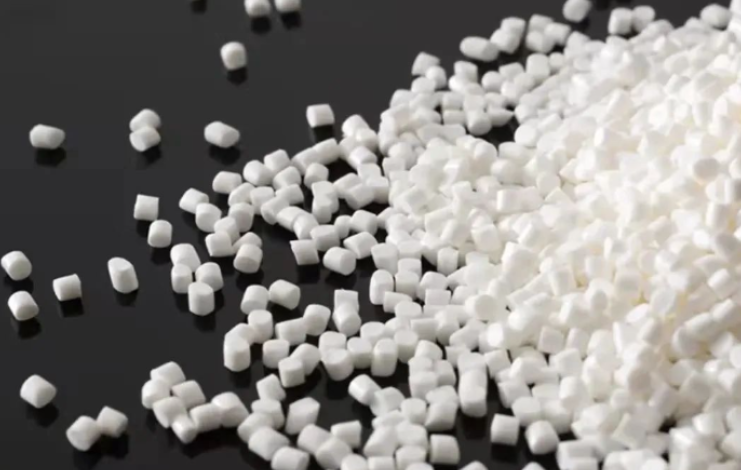August 28, 2024 – Engineering plastics, as vital engineering materials and metal substitutes, have found widespread applications in various fields such as the manufacture of machine components, particularly in the automotive industry. The strategy of replacing steel with plastics has facilitated the lightweighting, safety enhancement, and environmental friendliness of automobiles. However, material engineers face numerous considerations when selecting engineering plastics, including mechanical properties, aging resistance, and thermal performance.

Thermal performance stands as a pivotal factor in material selection, encompassing several testing indicators. Primarily, the continuous operating temperature serves as a significant parameter for evaluating the heat resistance of plastic molded products. This temperature, divided into physical and chemical heat resistance, reflects the product’s ability to maintain its shape and the thermal stability of molecular bonds under prescribed heating conditions. For instance, PEEK, a commonly used engineering plastic, can withstand a long-term operating temperature of up to 260℃.
Furthermore, the glass transition temperature holds significant importance. When the temperature exceeds the glass transition point, amorphous polymers become softer and exhibit a rubber-like state. Hence, ensuring the operating temperature remains below this threshold is crucial for achieving optimal mechanical properties.
Additionally, other critical parameters for assessing the thermal performance of engineering plastics include heat deflection temperature, coefficient of linear expansion, thermal conductivity, specific heat capacity, and brittleness temperature. The heat deflection temperature indicates the rigidity of plastics under high temperatures and loads, while the coefficient of linear expansion reveals the degree of dimensional change as the temperature rises. Thermal conductivity and specific heat capacity provide valuable reference data for product design and heating studies regarding insulation and temperature rise, respectively. Lastly, the brittleness temperature serves as a key indicator for evaluating the mechanical behavior of plastics under low-temperature conditions.
According to AsiaMB, these thermal performance indicators are not only essential for material engineers during the selection process but also offer invaluable reference data for product designers. This ensures that the chosen materials maintain stable performance under various environmental conditions.














